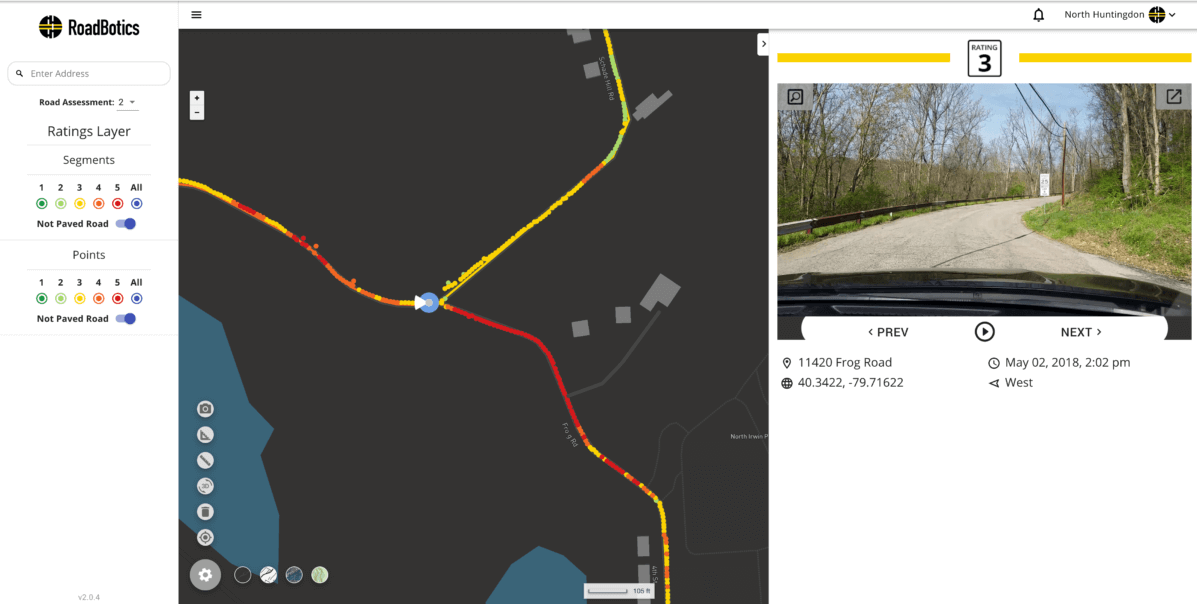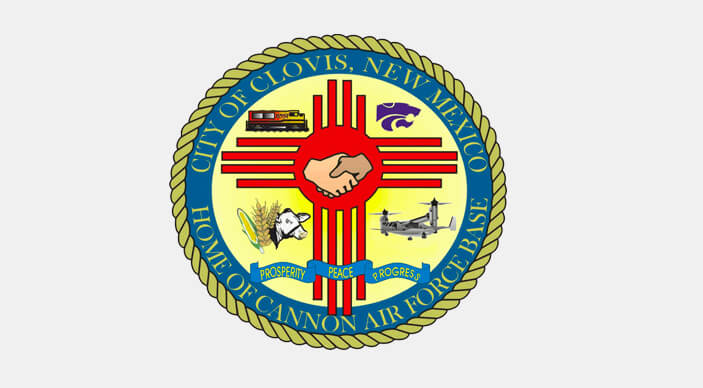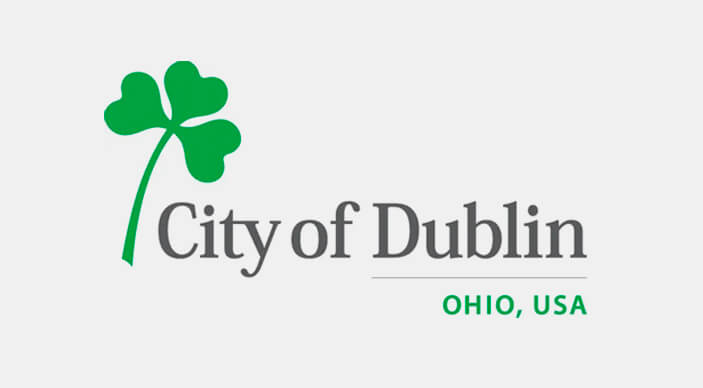Case Study:
North Huntingdon Township, Pennsylvania

Before RoadBotics by Michelin, North Huntingdon Township had no method of assessing its roads.
Before RoadBotics by Michelin...
Ryan Fonzi, Associate Planning Director for North Huntingdon Township, joined the Planning & Zoning department in 2006.
When the township saw the need for a road assessment of its entire network, Ryan drove the entire 160-mile network with another Public Works staff member, visually assessed the road conditions, and recorded the road scores into their GIS software.
Once the inspection scores were uploaded, Ryan created a map with road conditions, which helped the management and engineers make paving decisions using data. The entire process, however, took roughly 6 months to complete due to weather and limited resources. Inevitably, the process was time consuming, labor-intensive, and subjective.

Solution
In 2016, North Huntingdon Township was falling behind its pavement management system and was seeking a faster road survey option to help plan its 5-year program. After careful research, North Huntingdon Township partnered with RoadBotics by Michelin in 2017.
Redirecting Time And Effort Into Other Projects
Data was collected of the township’s entire road network in two weeks, and it took another few weeks for RoadBotics by Michelin’s artificial intelligence (AI) to assess the collected data. In one month, Ryan Fonzi received a shapefile of the assessment. “RoadBotics gave us roughly 5 months that freed me up for other projects. Our engineer was spending less time out in the field and only looking at the refined list of roads in the worst condition that we generated from RoadBotics data. So, it was huge for time-saving and cost-saving as far as labor costs,” said Ryan.
Making Data-Driven Pavement Decisions As A Town

Once Ryan received the shapefile from RoadBotics by Michelin, he uploaded the data into the GIS software, created a map with the road conditions, and broke it down by ward. “We have 7 wards, so we are cognizant of how we allocate the funds to different wards,” said Michael Turley, Associate Township Manager. “We use the data from a policy standpoint to decide how many roads we should do and how much money we should spend from year-to-year.”
Some wards may have twice the number of poor condition roads than another or more road mileage in general. RoadBotics by Michelin has become the solution for this internal purpose to help communicate with elected officials and the public about why the funds were allocated more in certain wards than others.
Making Projections and Saving Costs
In addition to communicating why more roads are paved in one ward over another, Michael was able to justify why the road program needed a significant budget increase. “We were so underfunded, but we had RoadBotics data to say , ‘Look, we’ve got 30 miles of roads in bad condition and we need to do these in the next five years, while average roads continue to deteriorate. So, $600,000 or even $800,000 is not enough,’” said Michael. “We were able to use [RoadBotics’] data to project specific numbers and increase our budget to at least $1.2 million.”

We want to make sure we’re looking at our paving program in a township perspective and not just by wards. With RoadBotics data, we can justify our paving program to our wards.”
Michael Turley Associate Township Manager, North Huntington Township







